
Logline
A filmmaker discovers her hometown was secretly involved in the Manhattan Project. Her investigation into this history triggers a chain reaction of encounters through which it becomes clear that the topic of nuclear waste has been more successfully buried than the waste itself.
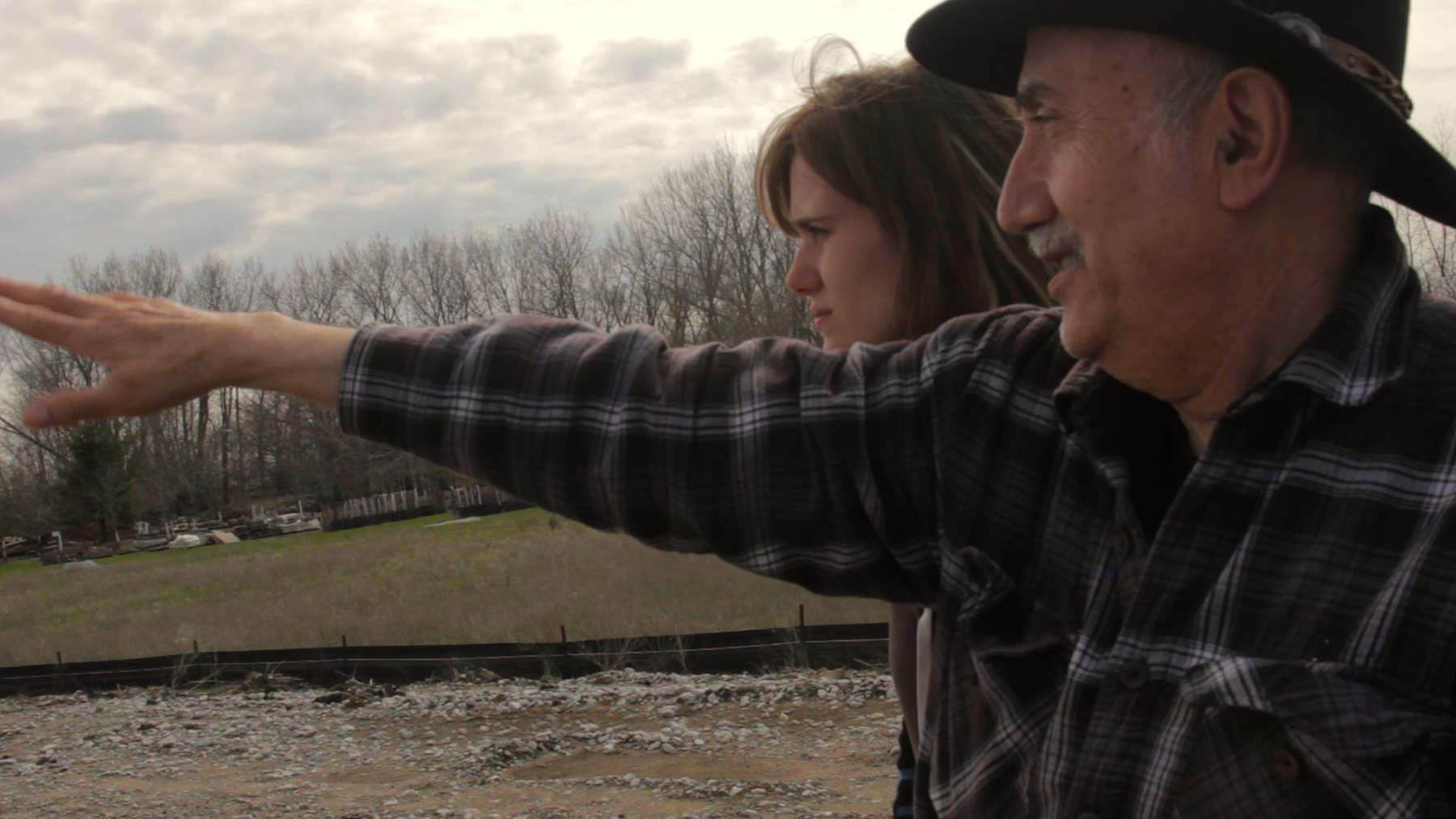
Story Summary / Synopsis
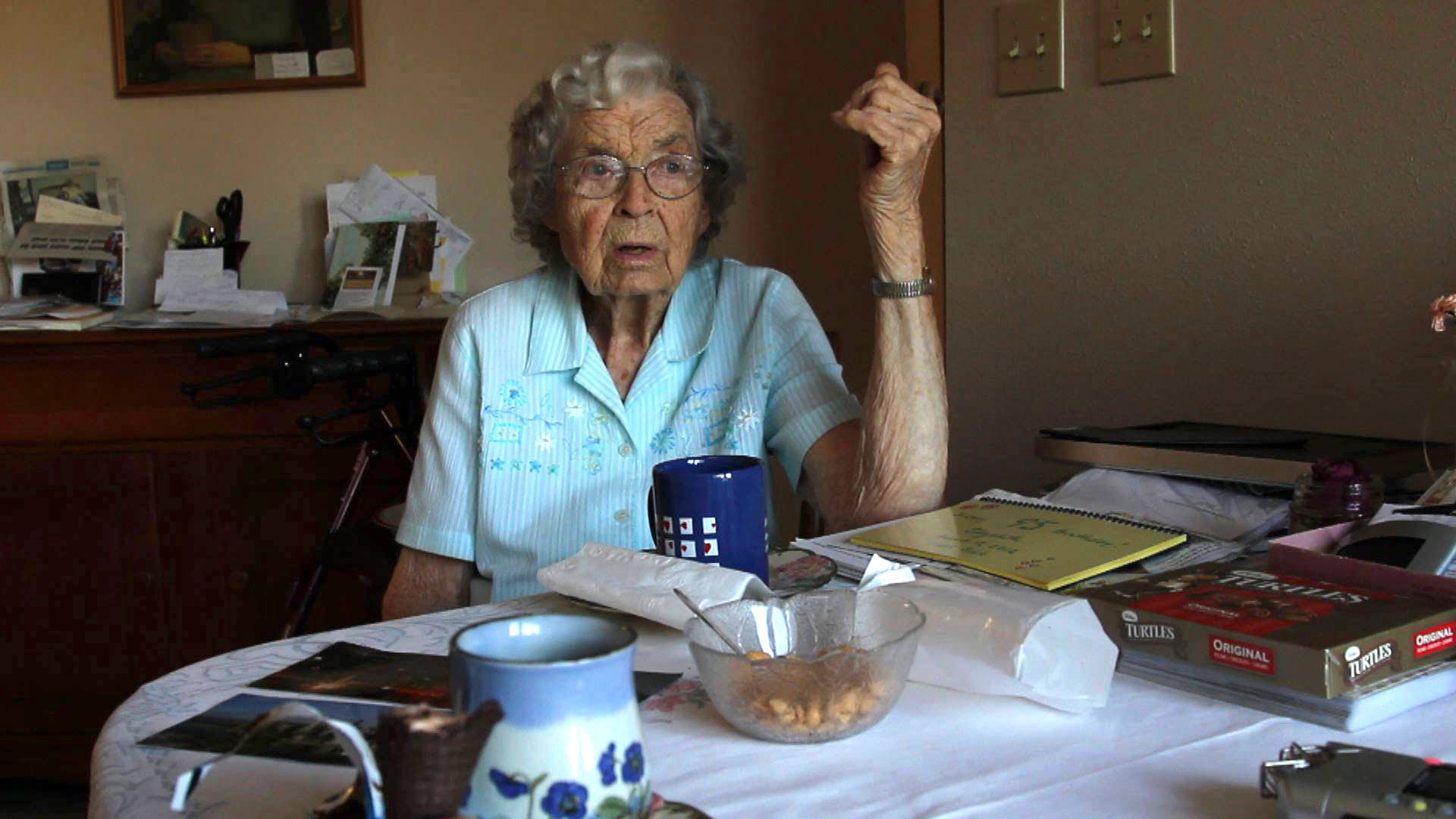
Uranium Derby is a feature-length documentary about a young woman’s look into an experiment gone wrong—the American nuclear experiment. This film depicts the manner in which toxic nuclear waste, generated and collected in a few specific places, was allowed to spread to numerous sites around a small Midwestern university town and subsequently the country.
The story, centered in Ames, Iowa, begins with a curious native filmmaker (Brittany Prater) casually looking into her hometown’s highly secretive involvement in the Manhattan Project during the 1940s. The historical role of Ames in the production of materials for the first atomic bomb is portrayed in archival footage featuring two important involved scientists of the time (Dr. Harley Wilhelm and Dr. Frank Spedding). In addition, interviews with present-day physicists (Marv Anderson and Al Bevolo), a historian (Gloria Betcher), and the elderly spouse of a laboratory worker (Elizabeth Smith) also help present the story. The main character arc in the film is that of the Prater (the director) as she uncovers information that changes her perception of her hometown.
Interrupting this history of World War II heroics is Dr. Johanshir Golchin, an Iranian- American environmental engineer who recalls coming across a document in 1992 entitled “The Tiger Team Report” during his time as an environmental regulator. This top-secret report by the US Department of Energy (DOE), detailed ten sites in the city of Ames that were contaminated with radioactive waste. After reading the report, Golchin’s primary concern was for the site of the former Ames Waste Water Treatment Plant, where a youth sports complex was constructed.
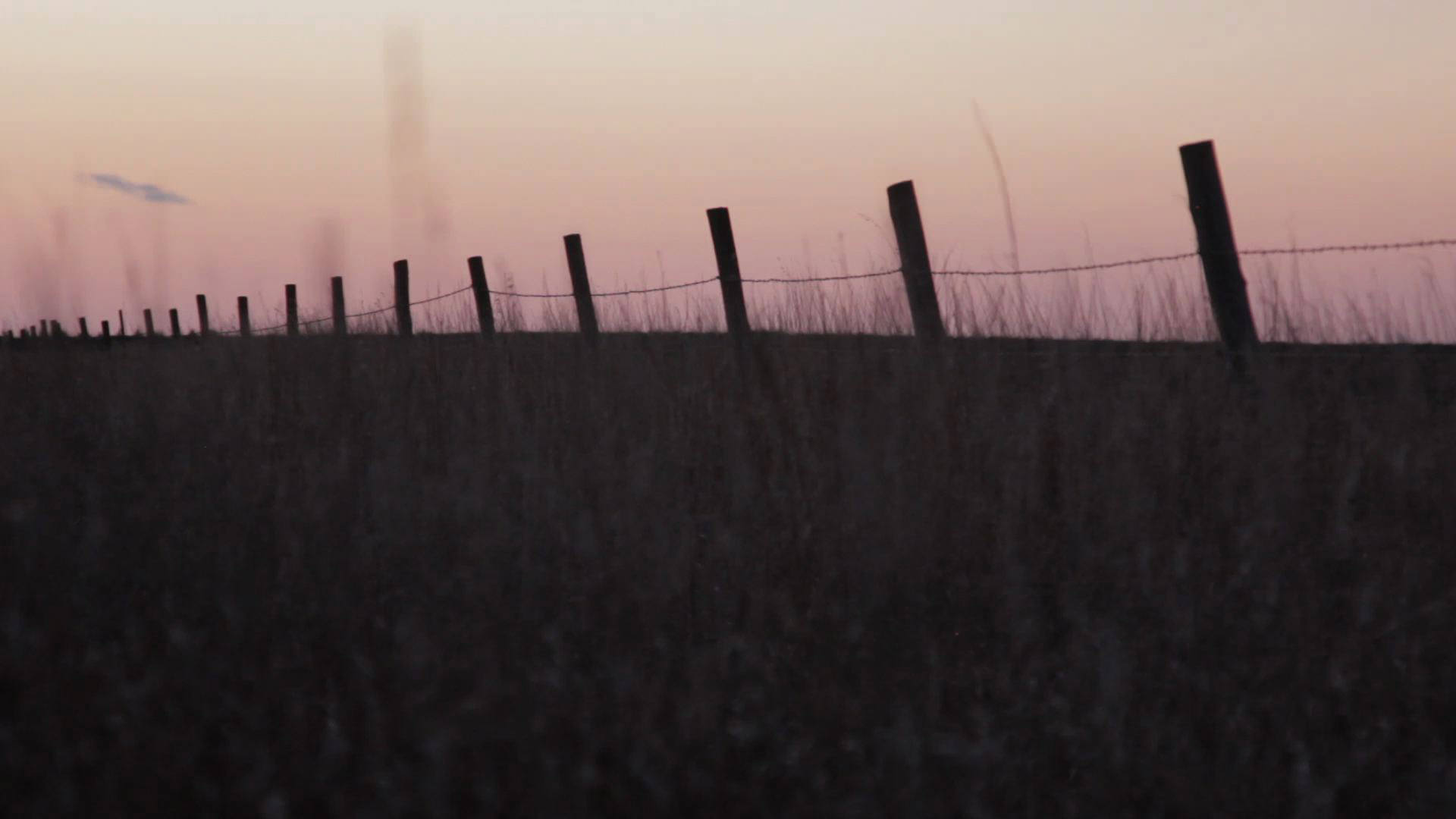
The filmmaker (Prater) visits an Ames neighborhood that suffered from a “cancer epidemic” in the 1990s. As she becomes further drawn into her research, she learns about the science behind different types of ionizing radiation, and the history of nuclear weapons development and production by the Atomic Energy Commission (AEC) after WWII. Physicist, Al Bevolo speaks to Prater about problems that the DOE (formerly AEC) has had with the private contracting firms it hired for toxic cleanup, and these firms’ tendency to stall indefinitely the cleanup at Superfund sites.
The story of the controversy and cover-up concerning the youth sports complex unfolds through both archival video footage and Dr. Golchin’s present-day recollections. VHS footage of a town meeting reveals that the Ames Laboratory (run by the DOE) at one point flushed high-level radioactive waste down city’s sanitary-sewer drains. This waste traveled to the treatment plant where it was eventually mixed with sludge that was given away to citizens as fertilizer for private gardens and crops. An archival interview with Harley Wilhelm (Ames leader in the Manhattan Project) confirms that most of the toxic waste generated during the war was buried in the woods near the “cancer cluster” neighborhood discussed earlier. After this site became publicly revealed about fifty years after the fact, it was hastily cleaned up and the waste sent to New Jersey.
Much like a chain reaction (or fission), the film starts small with one town and builds to its national story and its unintended environmental consequences. The film follows the Atomic Energy Commission (AEC) as it evolves over time from its roots in the making of the bomb, to further weapons and energy production after World War II, eventually changing its name to the Department of Energy (DOE). The process that was invented in Ames was later taken over by Ohio Lead Company in Fernald, Ohio near Cincinnati. The aquifer at this site is now contaminated with radioactive waste.
Topic Summary

Uranium Derby portrays the manner in which Superfund site cleanup is often mishandled in the U.S., and informs the viewer about how toxic waste can spread, and why waste-site cleanup is often prolonged or avoided altogether. Because private companies contracted to clean up waste sites tend to hold considerable political leverage, they are able to devise strategies that greatly extend cleanup schedules, thus ensuring the longest possible inflow of government funds.
The primary concern with all contaminated sites is the possibility that toxic waste will migrate to other locations. This generally occurs through groundwater flow. The largest nuclear Superfund site, located in Hanford, Washington is situated in a somewhat contained, sandy area. Nevertheless, Tritium (radioactive heavy water) has leaked from storage tanks at Hanford and seeped into the Columbia River.
Other waste sites have even larger problems than Hanford. Radiation from waste uranium tailings produced by the Ohio Lead Company in Fernald, Ohio (the firm that took over the uranium purification process invented in Ames, Iowa) has now leached into an underground aquifer and has contaminated the water. This contamination is moving at the rate of one inch per year toward the drinking water supply for the city of Cincinnati. The story of how radioactive waste was handled in Ames, Iowa is a glaring example of improper disposal (and prolonged cleanup). Unfortunately, these same dysfunctional disposal and cleanup methods have been employed in hundreds of other waste sites across the country.
New legislation to enforce timely remediation of Superfund sites would spare countless lives and save the federal government billions of dollars in cleanup funds each year. At a time when the appropriation of federal funds has become a primary topic of public discussion, Uranium Derby addresses the misuse of Superfund dollars. The Environmental Protection Agency should have increased political authority and additional funding to oversee timely cleanup of dangerous waste sites. At a time when the current administration is attempting to weaken this agency, there is a desperate need for increased public awareness of he issues surrounding disposal of toxic waste and cleanup of waste sites.
To create wider public awareness and concern to hold federal regulators and companies accountable for timely cleanup and disposal of toxic waste, it is important that viewers of the film understand the basic science concerning nuclear technology. Animations illustrate the three different types of ionizing radiation (alpha, beta and gamma) and how these emissions often go undetected by Geiger counters. Animations are also used to represent the ways in which radiation can affect human cells and DNA by producing genetic mutations that can lead to cancers. This information presented in the film will help make viewers more aware of specific language sometimes used by organizations such as the Department of Energy and private companies to mollify concerns about potential risks to public health.
Public information about the Manhattan Project is usually focused on the activities that took place in Los Alamos, New Mexico, Columbia University in New York and Oak Ridge, Tennessee. As a result, many people do not realize that nuclear weapons research and production during WWII was dispersed across the entire country. It is historically important to address the role the Midwest states played in development of the first nuclear weapons.
I am a native of Iowa and acquaintance of the environmental regulator and engineer who takes a major role in the film’s story line. I also was able to interview two retirees, a chemist and a physicist, who worked for the Department of Energy’s Ames Laboratory. These men were able to discuss on camera topics concerning the handling of radioactive materials that they might not have been able to address were they still employed. Both these scientists were involved in site characterizations; that is the mapping out of radioactive plumes at critical waste-site locations across the country. These interviews provide an important record of how waste cleanup was approached during the time when the Environmental Protection Agency was in its infancy.
My personal connection to Ames tends to soften the film with a human component —at times humorous and at times emotional. This personal touch will help to make the film accessible to a wider audience. My personal concern for Ames, and the fact that I was a resident of the town, helped the interviewees to discuss concerns they might otherwise have been reticent to voice.
Artistic Approach

Uranium Derby does not set out to demonize parties responsible for the problems of nuclear waste disposal, but rather the film attempts to show how the problems associated with nuclear waste, first brought about by naive experimentation, were then compounded by a sense of denial.
The film is a “love letter” to the beautiful landscape of Iowa, and an account of the invisible and insidious nature of ionizing radiation on that landscape. Therefore, the visuals in the film are idyllic —flowers, animals and the land, while the story depicts hazardous problems that sometimes lurk beneath the soil.
The editing intertwines verité scenes with seated interviews, archival footage and animations. Hand-drawn animations compliment animations made of specially processed film stock. These serve to illustrate scientific information and maps in a visually compelling manner.
Voiceover from the director provides connections between the scenes, adding occasional levity and supplemental information. The voiceover helps guide the viewer through the film and supports the footage as it connects environmental and public health issues with a personal story.
Key Creative Personnel
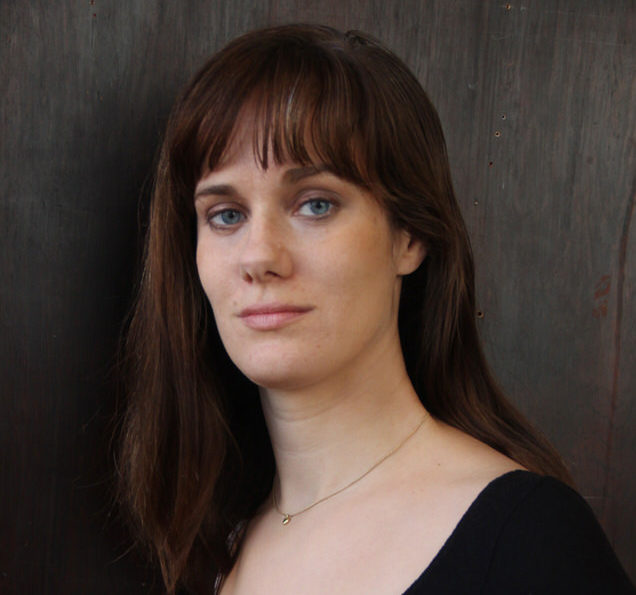
Brittany Prater
Director/Producer/Editor
Brittany Prater is a filmmaker and artist living and working in New York. Founder of Cornfield Productions LLC, Prater has screened short films, videos and other works in New York and internationally. Her work has been reviewed in ArtNews, The L Magazine and Hyperallergic as well as the Kansas City Star, The Des Moines Register and The Ames Tribune. She received her MFA from Temple University her BFA from Kansas City Art Institute.

Cheyenne Picardo
Editor/Story Consultant
Cheyenne Picardo holds a from BA Columbia College, and an MFA from the School of Visual Arts. She directed the narrative feature film REMEDY about a dominatrix in the New York sex world. Her recent work includes Bob the Drag Queen’s Suspiciously Large Woman and Bob’s upcoming docu-comedy special A Queen for the People. She is also producing and directing Her Next Mission, an episodic political procedural documentary for LGBT streaming site Revry. Picardo co-hosts the podcast Terrific City about media portrayals of urban life in the 1970s with journalist Melissa Gira Grant. She hopes to harness the power of the mass-media’s influence over culture to destroy outdated and dangerous tropes. She holds a from BA Columbia College, and an MFA from the School of Visual Arts.

Lisa Gross
Editor
Lisa Gross is a documentary filmmaker and freelance associate producer, editor, and videographer, with an MFA in film production from the University of Texas at Austin and a BA in English from the University of New Mexico. Her work as editor and associate producer has aired on PBS, A&E, the Discovery Channel, Discovery Fit & Health, Investigation Discovery, TLC, DIY Network, MTV, the Cooking Channel, Destination America, the Travel Channel, and Gaia TV. She has also edited pieces for the International Rescue Committee, Lovett Productions, TED Talks, and the Michael J. Fox Foundation, and provided additional editing for two feature documentaries executive-produced by Suzanne Mitchell of Cabin Creek Films. She is currently working on her own feature documentary about a New York public access television producer whose show explores metaphysics, consciousness, and the unexplained.
Kate Stryker
Director of Photography
Kate Stryker is a filmmaker, photographer and educator. Stryker has directed two documentary shorts that have screened at festivals in the U.S. and Nepal, created numerous stop motion animations (including two for TED Ed), and led filmmaking workshops in New York and Kathmandu. Stryker is interested in stories that explore the intersection between people and their natural environments.
Doug Block (Story Consultant), feature films directed: 51 Birch St, The Kids Grow Up, 112 Weddings (HBO)
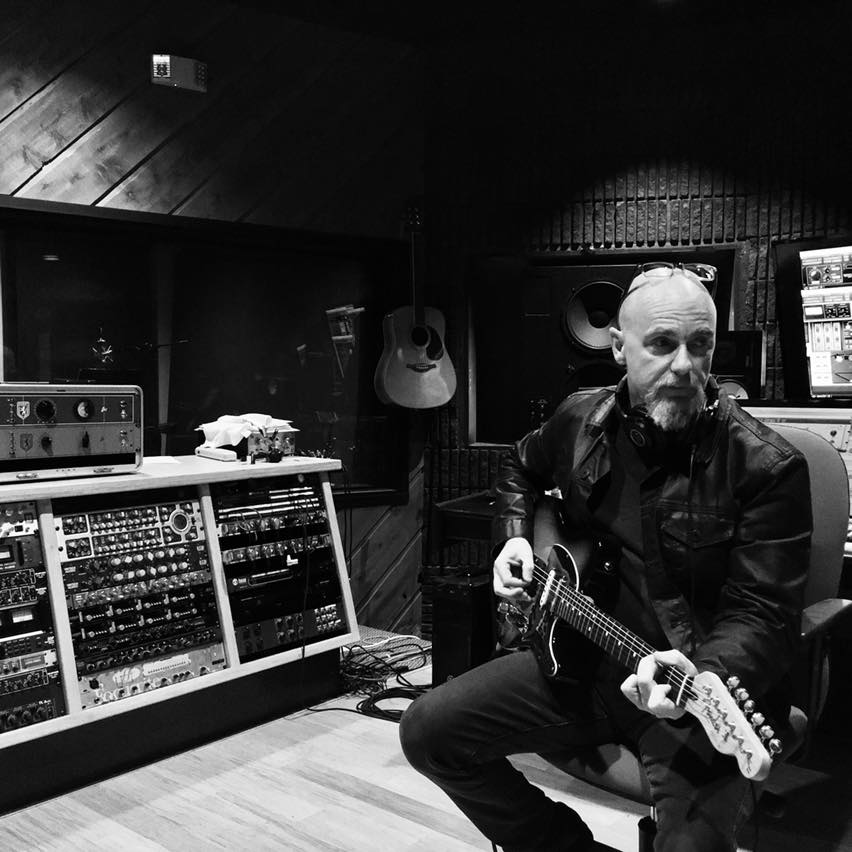
Chris Keffer
Sound Designer
Contact:
chriskeffer@gmail.com
216-579-7170

Zeljko McMullen
Composer
Zeljko McMullen, Composer, is the Founder/Co-curator of the Paris London New York West Nile performance space and gallery from 2006 until 2010. He attended Oberlin Conservatory of Music and the Bard MFA program. McMullen has exhibited and performed work in New York and internationally including spaces such as BAM, The Kitchen, Clocktower Gallery, Secret Project Robot, Placard Headphone Festival, Nada Art Fair (Miami), Ke Center for Contemporary Art (Shanghai) and Cleveland Museum of Art. He has received grants from the Jerome Foundation, Roulette Intermedium, Neumann/Sennheiser. In addition he has had numerous solo and collaborative releases on Shinkoyo and Perfect Wave. McMullen has worked with Lou Reed, Maryanne Amacher, Tony Conrad, Severiano Martinez, Thomas Arsenault, Laurel Halo, Mirror Mirror, Eliza Swann, Jan Baracz, Alix Pearlstein, Nick Kent, Julia Christensen, Nautical Almanac, White Williams, Brother Bruno, Doron Sadja, MV Carbon, Mario Diaz de Leon, Justin Craun, Johnny Misheff and many more.
Intended Audience
Our most highly targeted audience is Midwesterners who desire to learn more about the history of their environment and the risks presented by radioactive waste to public health. However, the film also targets a broader audience, especially those who have an interest in the history of WWII. We intend to use public interest in history to help direct our audiences to the issues of environmental concerns related to actions of the Department of Energy and nuclear waste-site cleanup firms.
Audience Engagement and Social Impact
Our film has partnered with the Ames Historical Society, and we intend to reach out to similar historical and environmental organizations for partnerships. It is our immediate plan to take the film on a tour of college campuses. Our sponsorship through Humanities Iowa and National Endowment for the Humanities provides an excellent testimonial of support for outreach and marketing.
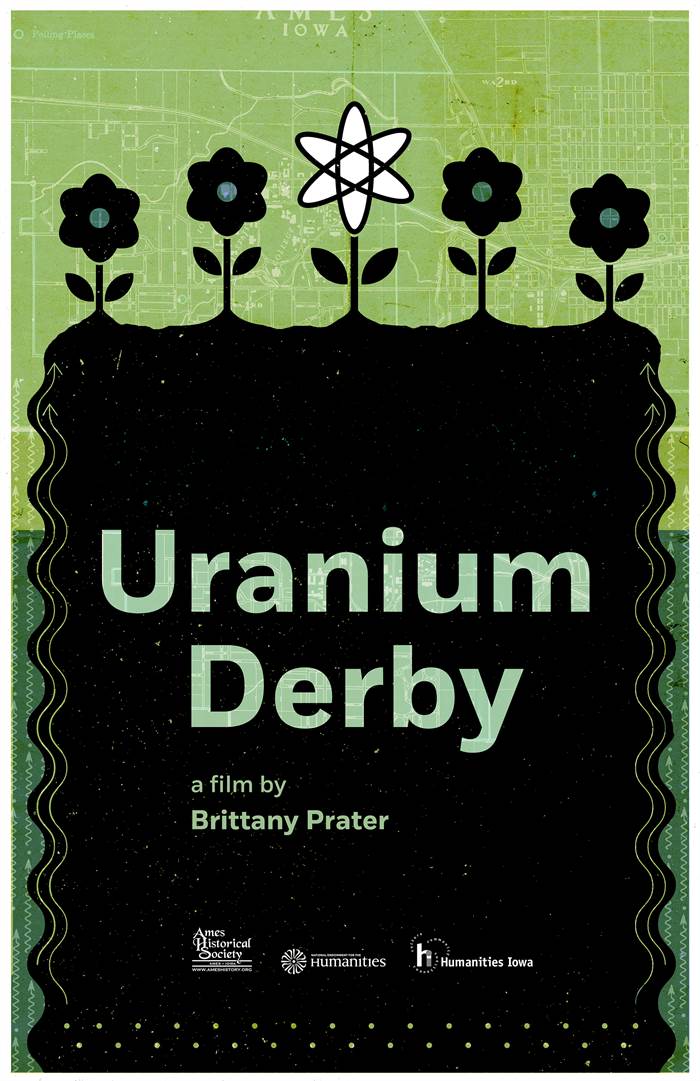
Contact Information:
Brittany Prater
Cornfield Productions LLC
7016 60th St, Apt 1R
Ridgewood, NY 11385
515.231.2447


